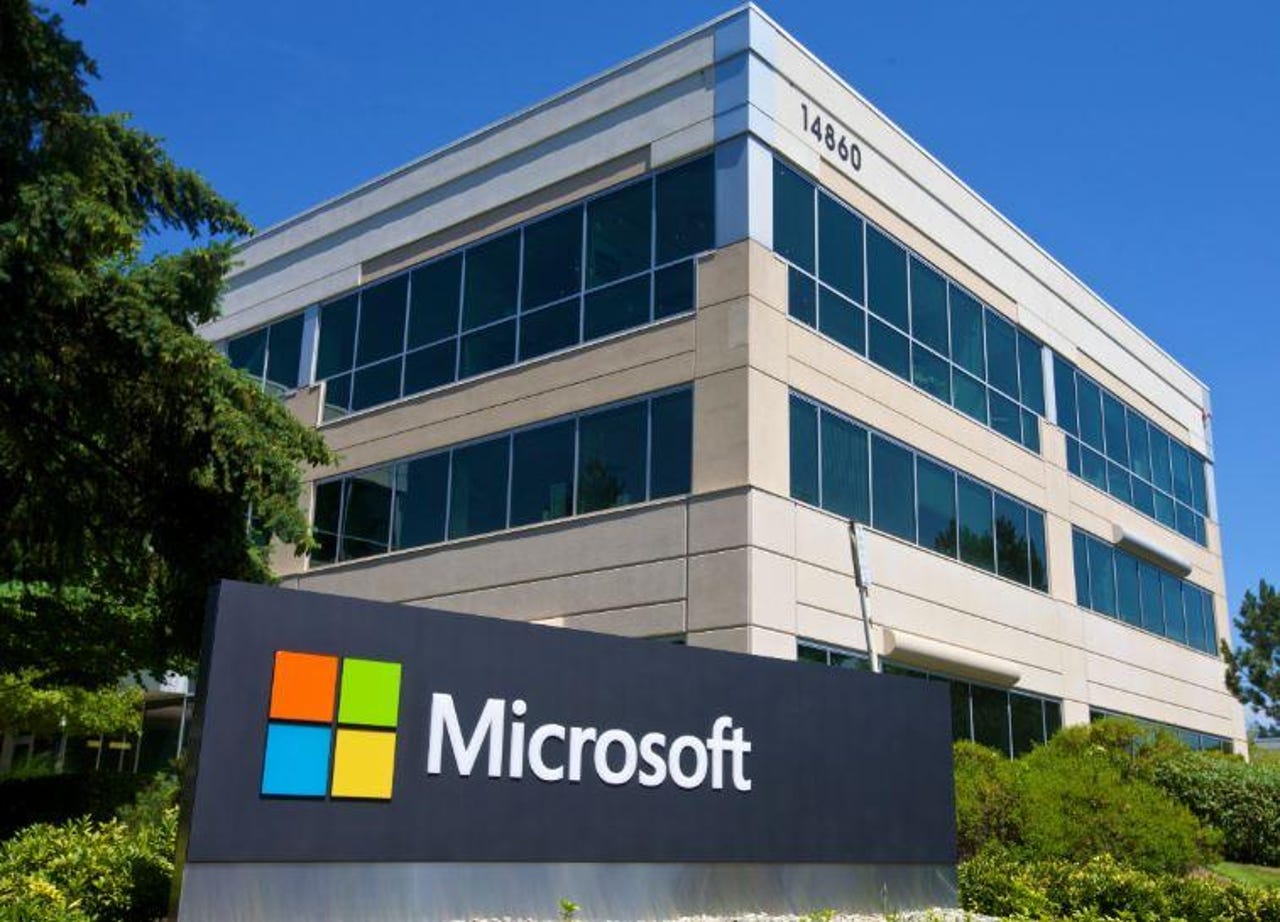Microsoft says chip shortages to continue to impact Windows, Office through June quarter


Featured
Microsoft turned in strong Q2 FY'19 earnings on January 30. But chip supply issues by Intel and others did have some negative impact on Microsoft's quarter and likely will continue to do so through the June quarter, officials said.
Microsoft reported revenues of $32.5 billion and net income of $8.4 billion, or $1.08 per share, for Q2. Microsoft's "commercial cloud" revenues were $9 billion for the quarter, up from $6.1 billion for the same quarter in FY'18. Commercial cloud includes Office 365, Azure, Dynamics 365 and other Microsoft cloud services. Some company watchers had been wondering going into this earnings report if Microsoft's overall cloud growth was going to start to slow noticeably, but so far, that doesn't seem to be the case.
Office Commercial sales (meaning Office 365 and on-premises Office products sold to businesses) were strong in Q2 this year, with Office 365 Commercial seats up 27 percent, to roughly 197 million, and revenues up 34 percent. Teams, Microsoft's group-chat service that's one of the lead apps in the Office 365 suite, is now used by 420,000 organizations, up from 329,000 in late September. But Office 365 Consumer revenues were low for the quarter. Office 365 Consumer subscribers hit 33.3 million, but Office Consumer products and revenues overall were down, growing only one percent, compared to 12 percent for the comparable quarter a year ago and 16 percent for Q1 FY19.
Officials said Q1 FY19 was especially strong because Microsoft launched Office 2019, its on-premises, non-subscription version of Office during the quarter. Because Microsoft had warned of planned price increases for Office 2019, some of its channel partners were building up stock of the product before those increases took effect, according to Mike Spencer, General Manager of Investor Relations at Microsoft.
In addition, the PC market was weaker than Microsoft anticipated, putting another four to five point drag on Office Consumer revenues, Spencer said. That chip supply issue also affected Windows OEM Pro revenues which were down five percent in Q2 FY19, officials said.
I asked Microsoft officials when and if they expected Windows 7's impending end-of-support to give Windows revenues a bump. Spencer said that the Windows 10 refresh cycle attributable to Windows 7's January 2020 end-of-support cutoff date has been going on for a while; he said Microsoft is about half way through that cycle. He said Microsoft expects "tailwind on this" throughout this calendar year, but warned the chip supply issue "will take through the june quarter to normalize."
In first-party Windows PC news, Microsoft's Q2 FY19 was a big one for its Surface business, with Surface revenues up 39 percent to $1.86 billion for the quarter. (A year ago in the same quarter, Surface revenues were $1.34 billion.) Microsoft introduced a number of new Surface products in the latter part of last year, including Surface Go, Surface Laptop 2, Surface Pro 6 and Surface Headphones. Although Surface is still a relatively small part of Microsoft's overall business, it is one of the fastest growing businesses at the company, Spencer said.